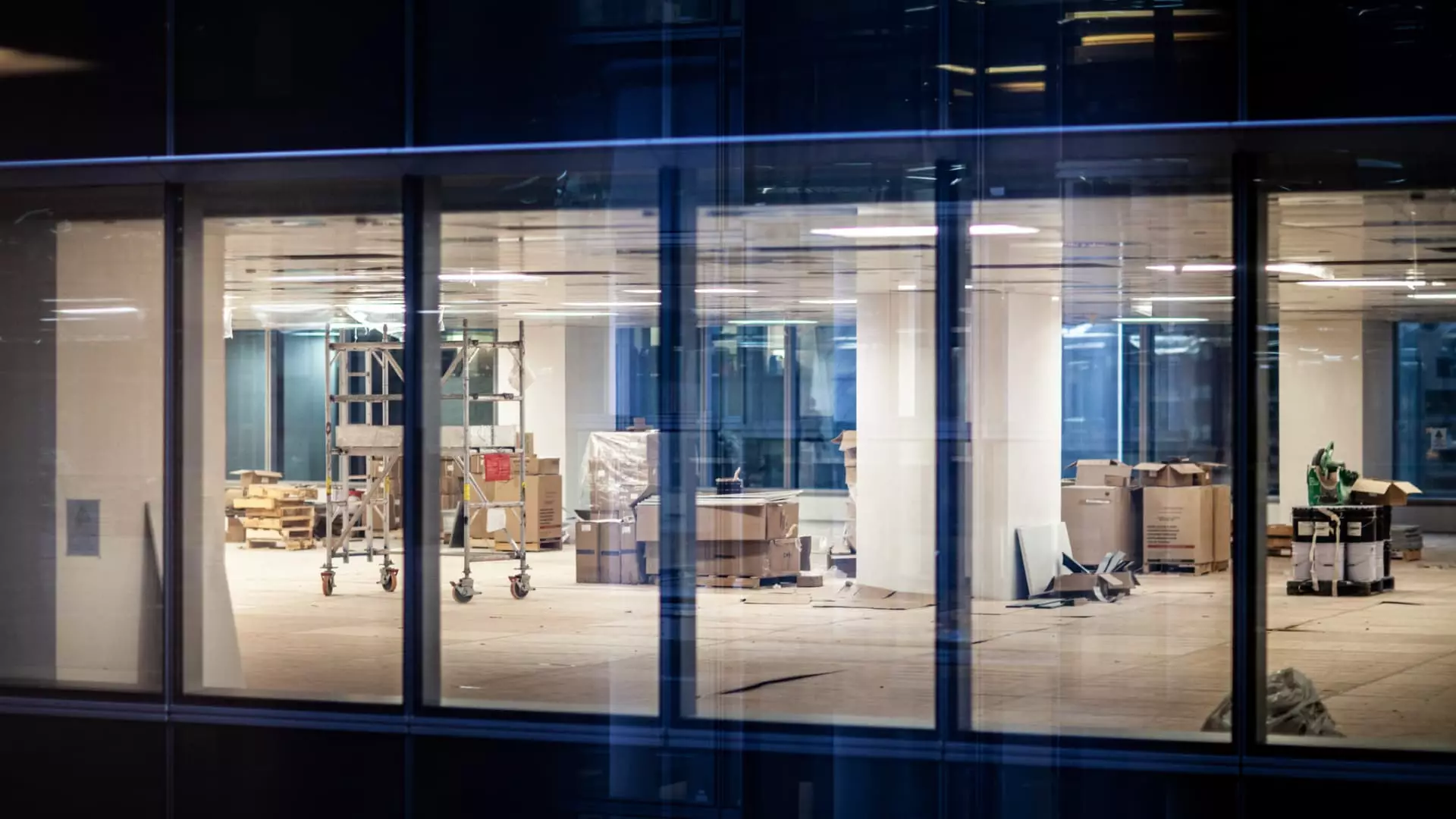Initially, the early months of 2023 seemed to hint at a resilient and rebounding office real estate sector. However, a critical examination reveals that what appeared to be steady recovery was merely superficial. As the months progressed, the underlying fragility of the market became increasingly evident, culminating in a much sharper downturn than anticipated. This decline underscores that what many perceived as a bounce-back was, in reality, a fragile illusion fed by temporary market stimulations rather than genuine demand. The recent contraction in demand for office space signals not just a cyclical hiccup but a systemic shift indicating deeper challenges ahead.
The Impact of Tariffs: Economic Sabotage or Symptom of a System Under Strain?
A primary catalyst for this decline is the resurgence of tariffs, which are increasingly influencing the dynamics of the office market. Historically, tariffs have been used as political tools, but their influence on real estate—particularly office demand—is often underestimated. When tariffs escalate, they instigate immediate capital flight, tighten liquidity, and induce investor caution. The recent uptick in tariffs, driven by political rhetoric and strategic posturing, has had palpable effects: a 23% decrease in tenant inquiries and a 26% reduction in sought-after office space in April alone. This pattern mirrors earlier shocks in 2023 linked to the banking crises, highlighting that tariffs, much like financial tremors, can cause seismic shifts across sectors that are typically perceived as resilient.
Market Contraction: More Than a Cyclical Downturn
The stark reality is that the office market, which once enjoyed years of steady growth, now faces a potentially irreversible shift. Recent reports confirm that for the first time in decades, more square footage will be unoccupied or removed from the market than what will be added through new construction. This is a historic reversal, driven by a perfect storm of legislative uncertainty, geopolitical tensions, and economic instability. The conflict in the Middle East, coupled with domestic political gridlock, adds layers of unpredictability that have investors rethinking their positions. When the foundational assumption of demand growth erodes, it signals a potential structural change rather than a short-term correction.
Political and Geopolitical Uncertainty: The Unseen Drag
While economic indicators often dominate headlines, the less visible but equally destructive influence of geopolitical tensions looms large. The recent flare-up in the Middle East, the ongoing trade disputes, and uncertain diplomatic relations compound investor anxiety. These factors often lead to a “wait-and-see” mentality, delaying leasing decisions and causing tenants to postpone expansion or renewal plans. Meanwhile, domestic politics—most notably, the lingering effects of trade policies and tariff wars—create an environment of unpredictability that discourages fresh investments in commercial real estate. Such a climate hampers confidence, which is essential for sustained growth in the office sector.
A Call for Critical Reflection on the Future
The narrative that the office market would bounce back swiftly has been thoroughly dismantled by recent data. Underlying these numbers is a fundamental question: Is this a temporary setback, or are we witnessing the beginning of a long-term decline driven by broader economic shifts and political failures? The evidence suggests that we are likely entering a phase of reevaluation—one where traditional assumptions about growth and demand no longer hold true, especially amidst persistent geopolitical and tariff-induced uncertainties. It is imperative for investors, policymakers, and stakeholders to recognize that superficial rebounds are insufficient. Instead, a critical and perhaps uncomfortable assessment of the market’s structural vulnerabilities is necessary if we are to navigate the turbulent waters ahead.

